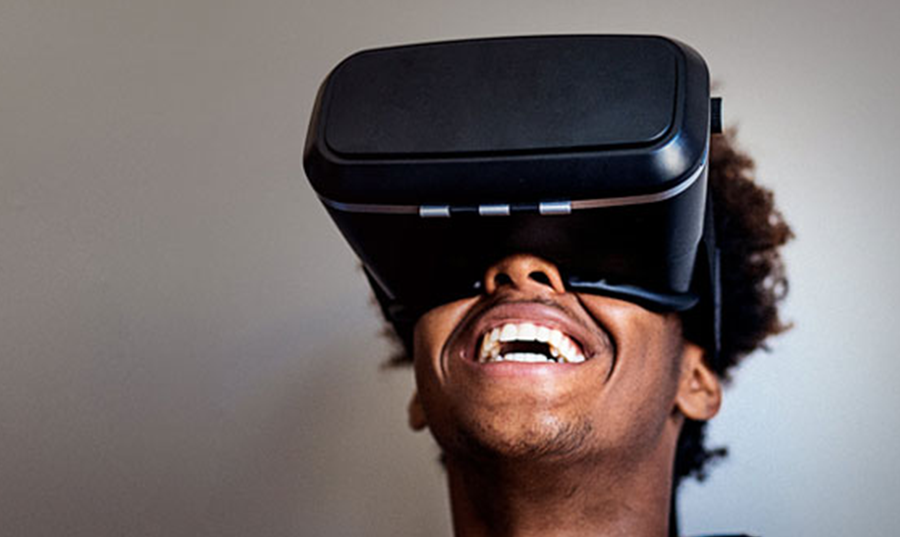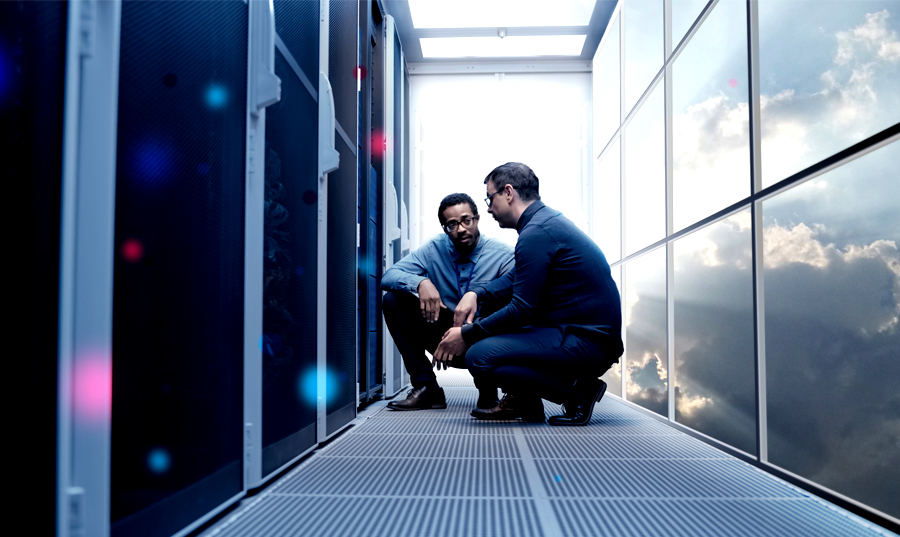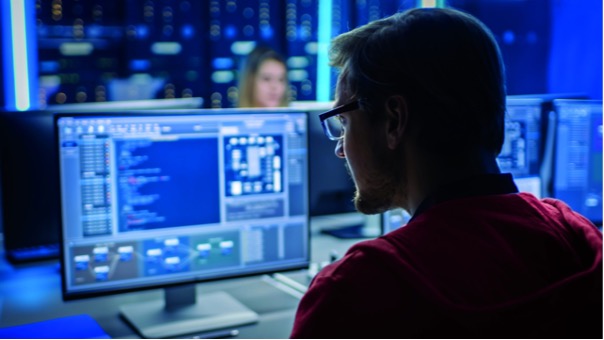Over the past few weeks, tentative – but highly encouraging – steps have been made to enable the return of live sport. In the soccer world, the Premier League, La Liga and Serie A are set to resume later this month, joining the K-League and the Bundesliga (among others) in restarting their leagues. Horse racing, tennis, snooker and a host of other motor sports have either returned – or are close to returning – to action, with many more sports making plans to recommence in the short-to-medium term.
But for many fans, the nearest they will get to these sports will be via video screens and through a very unfamiliar viewing experience. They will see the majority of their favorite matches and races played out in largely empty stadiums, auditoriums and tracks. The sounds of the sport will be fully audible. The winning moments will be shared through a camera lens.
New innovations for a ‘New Normal’
This is just a reality of ‘the new normal’ – at least for the next few months. Yet, as my MediaKind colleague Jay Ganesan wrote in a recent blog post, “this period gives the whole industry a unique opportunity to experiment with a range of immersive formats and see how they may play out on linear broadcast.” From live streaming to remote production, this is a really interesting time where broadcasters and pay-TV service providers can learn far more about their fans and audiences than ever before.
One exciting application that could really take off during the current global situation is 360-degree video content. The barriers to entry are lowering due to the technology being more mature and audiences being more receptive to innovation. By accelerating development of this immersive format, there is a real potential to connect audiences and deliver new, unique viewing experiences. It is not just about providing the viewer with the feeling of ‘being there’. By positioning the 360-degree cameras at strategic points within a stadium or arena, it is possible to deliver perspectives and viewpoints that even future ticketholders would not be able to see live on the ground.
Entering the world of 360-degree video delivery
Fundamentally, 360-degree video is about capturing, processing and rendering live videos and then enabling the consumer to choose the angle and direction they wish to watch. It starts with the cameras, which generally sit in a fixed point in space, usually with multiple lenses attached. Each lens then provides a video, which then needs to be stitched together – in the same way that you would stitch a selection of photographs together for a panoramic view. From there, a spherical image is produced, which has pixels associated with every viewing angle. Up, down, left or right – it creates a 360-degree view!
On the rendering side, there are obvious associations with sending 360-degree video to a virtual reality (VR) device (e.g. Oculus Rift) or a mobile device within a headset (e.g. Google Cardboard). However, the image does not need to go to a headset – it can also be sent to a flat device, such as a tablet or a mobile phone.
This means service providers can deliver the 360-degree content via a companion app or a second screen and consumers can continue to enjoy the social nature of live event viewing. In turn, this also opens up a whole host of new commercial opportunities, both in terms of service differentiation and advertising, as well as new methods of fan engagement.
360-degree video – it’s more than just live Sports!
Entertainment: Consider other scenarios, such as a theatre or an opera house. By selling ‘virtual seats’, audience members could enjoy a uniquely immersive experience like no other – watching the performance from the front row, the orchestra pit – or even ‘stage left’! At a live music concert, a viewer could watch the gig from the perspective of the drummer, and experience the speed and ferocity required to keep up with the band. Or they might wish to see the viewpoint of the lead singer – and gain a small insight into how it feels to play out to a sea of expectant, dedicated fans.
Communities: The technology could also be used to provide an “all-access” tour of a museum or a zoo; this would enable families, schools and other educational bodies to have the freedom to explore these attractions remotely. This could prove particularly useful for students in these fields. For instance, at a time when so many zoos are unable to re-open due to the COVID-19 crisis, this could provide innovative ways to virtually enter enclosures and get up close and personal with the animals, as well as interact with the expert zookeepers in real-time via social channels.
eSports: As my colleague Olie Baumann wrote last year, we took our immersive 360-degree technology into the eSports arena to enable a live 360-degree stream during IBC 2019. This featured two professional ESL teams going head-to-head in the popular game ‘Counter Strike Global Offensive’. The feed, which was available via the IBC Show app, allowed fans to watch a unique perspective on the game. In the future, this could provide new ways for eSports fans to self-curate their viewing experience. 360-degree video could show the different teams competing against one another (including footage from the gamers’ individual screens) or even go as far as delivering in-game rendered footage from inside the game itself.
Join MediaKind, Tiledmedia and Focal Point VR for a free webinar!
On Wednesday June 17, I’ll be joining a panel consisting of Rob Koenen, Founder & CBO, Tiledmedia and Jonathan Newth, CEO, Focal Point VR, where we will be discussing how this pioneering technology could help transform the way viewers experience live events in the context of ‘the new normal.’ Moderated by Chris Pfaff, Founder and CEO, Chris Pfaff Tech Media LLC, we will explore how live 360-degree video can be captured, produced, streamed and delivered to enable best-in-market quality live VR streaming to existing headsets and mobile devices, at the lowest possible bitrates. I hope you will be able to join us!
‘Accelerating Immersive 360 Live Video in ‘The New Normal’ takes place on Wednesday June 17 2020, with Session One starting at 7am PDT (10am EDT/3pm BST/4pm CET) and Session Two starting at 11.30am PDT (2.30pm EDT/7.30pm BST/8.30pm CET) Register Now!



